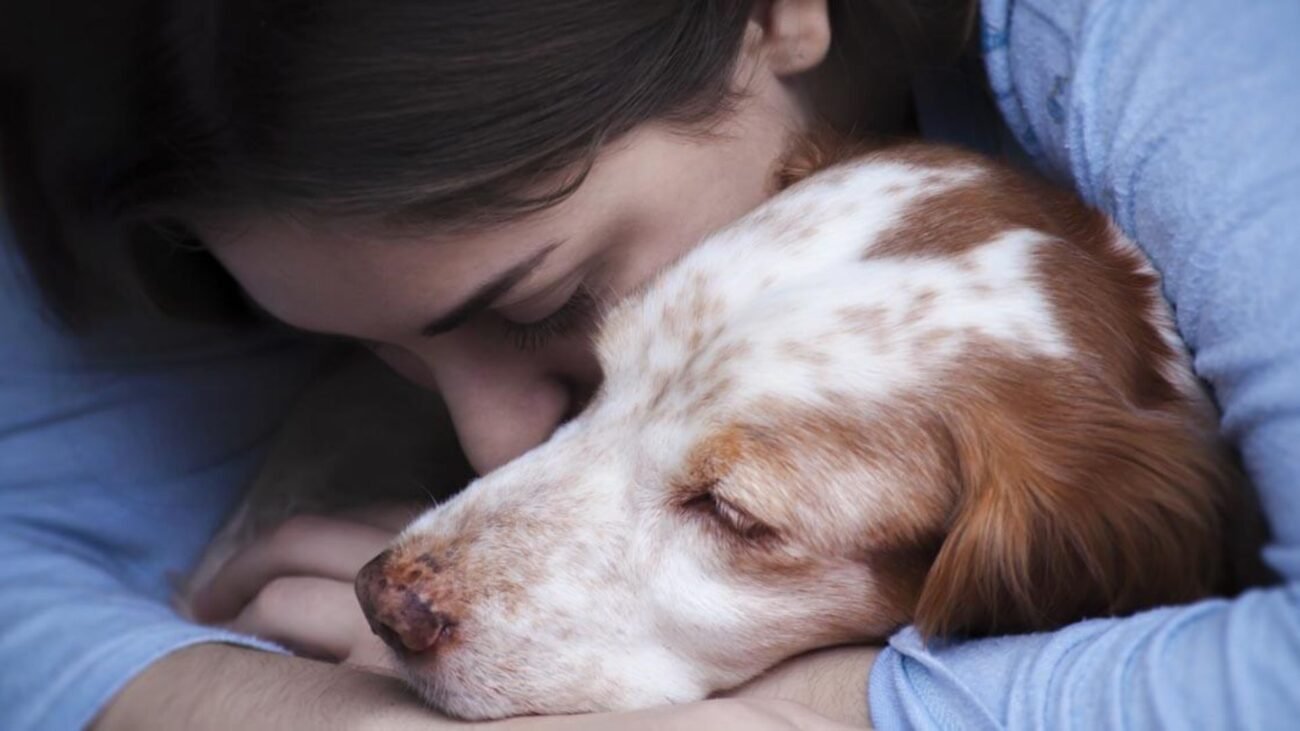Blowing in a dog’s nose is a practice some pet owners use to discipline, play, or simply interact with their pets. But this quirky habit has sparked debate among veterinarians and trainers. Is it harmless fun, or does it pose risks to your dog’s health and trust? In this article, we’ll explore the science behind this controversial act, vet-approved insights, and safer alternatives—all while incorporating low-competition keywords like dog nose blowing risks, canine respiratory health concerns, and safe ways to bond with your dog.
Why Do People Blow in a Dog’s Nose?
Common Reasons
- Playful Interaction: Mimicking human games like blowing raspberries.
- Disciplinary Tactic: To startle dogs out of unwanted behaviors (e.g., barking).
- Curiosity: Testing a dog’s reaction.
While often well-intentioned, this act can backfire. Let’s unpack the risks.
The Science of a Dog’s Nose: Why It’s So Sensitive
A dog’s nose isn’t just cute—it’s a biological marvel:
- 300 Million Olfactory Receptors (vs. 6 million in humans).
- Vomeronasal Organ: Detects pheromones and chemical signals.
- Moisture & Mucus: Trap scent particles and protect against pathogens.
Blowing air into this delicate system can disrupt its natural function.
4 Risks of Blowing in a Dog’s Nose (Vet-Approved Insights)
1. Nasal Irritation or Injury
Forceful air can dry out nasal passages, damage sensitive tissues, or introduce bacteria.
Dr. Sarah Wooten, DVM:
“Dogs’ noses are designed to inhale scents, not withstand gusts of air. Blowing can cause microscopic tears or inflammation.”
2. Respiratory Infections
Introducing airborne pathogens (e.g., from your mouth) increases infection risk.
3. Stress & Anxiety
Dogs interpret sudden, forceful actions as threats, eroding trust.
Signs of Stress:
- Whining or growling
- Backing away
- Ears pinned back
4. Negative Behavioral Reinforcement
Dogs may associate your presence with discomfort, leading to avoidance or aggression.
What Vets Recommend Instead
1. Redirect with Positive Reinforcement
Reward desired behaviors with treats or praise instead of startling your dog.
2. Interactive Play
Engage in games like fetch, tug-of-war, or scent work to build trust.
3. Gentle Touch
Petting, ear rubs, or massages are safer ways to connect.
4. Respect Boundaries
Learn your dog’s body language to avoid overwhelming them.
Case Study: When Blowing Goes Wrong
A 2021 case published in Veterinary Practice News involved a terrier mix developing chronic rhinitis after its owner frequently blew into its nose during play. The dog required antibiotics and anti-inflammatory medication to recover.
Takeaway: Even playful actions can have unintended consequences.
FAQs About Blowing in a Dog’s Nose
Q: Can blowing in a dog’s nose cause long-term harm?
A: Repeated exposure risks chronic nasal issues or behavioral distrust.
Q: What if my dog seems to “like” it?
A: Some dogs tolerate it, but watch for subtle stress signs (lip-licking, yawning).
Q: Are certain breeds more vulnerable?
A: Brachycephalic breeds (e.g., Bulldogs, Pugs) are at higher risk due to narrow airways.
How to Apologize If You’ve Blown in Your Dog’s Nose
Low-competition keywords: rebuilding trust with your dog, dog anxiety solutions
- Stop the Behavior Immediately.
- Offer Calming Signals: Slow blinks, relaxed posture.
- Use Treats & Affection: Reassociate your presence with positivity.
